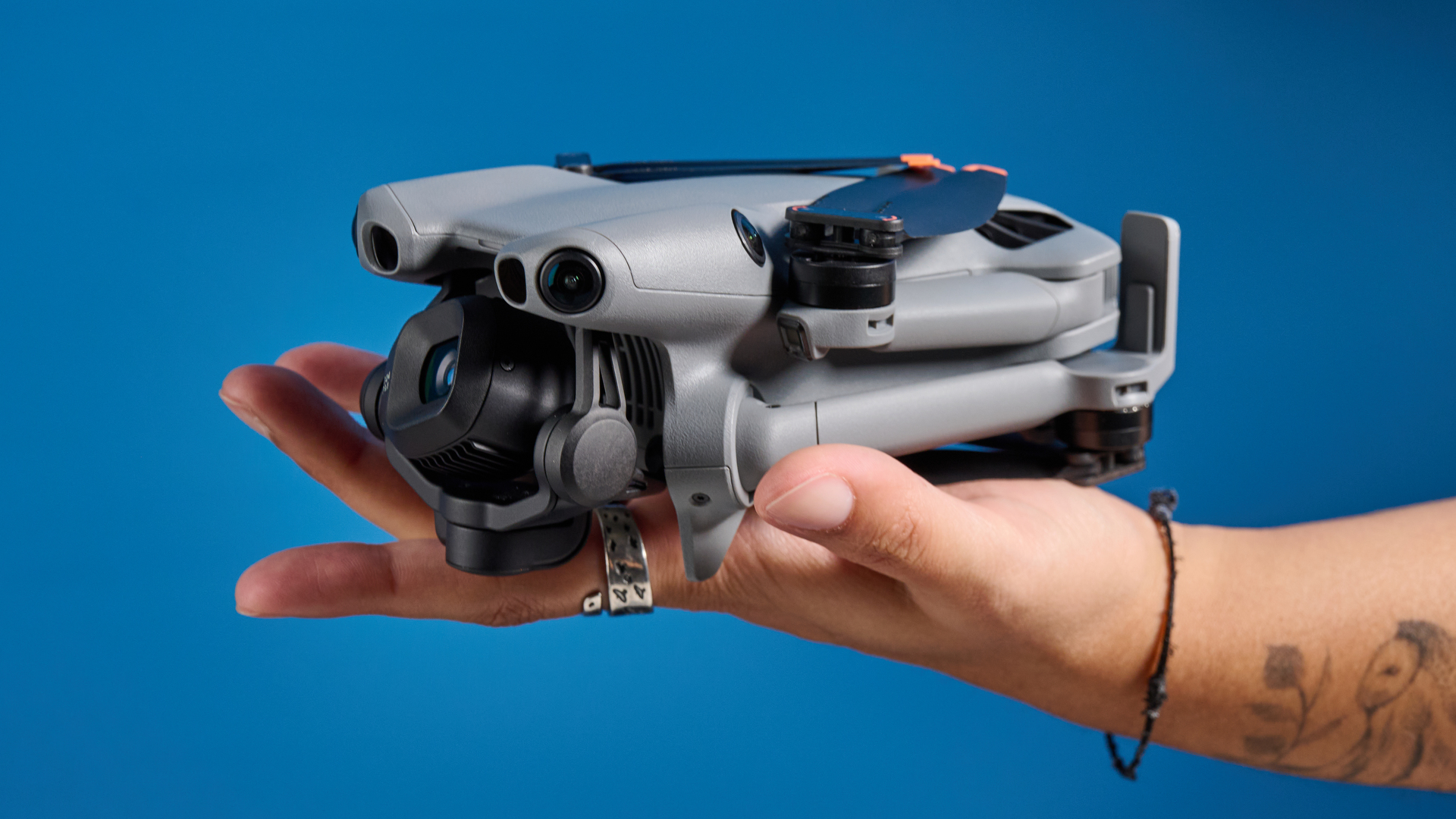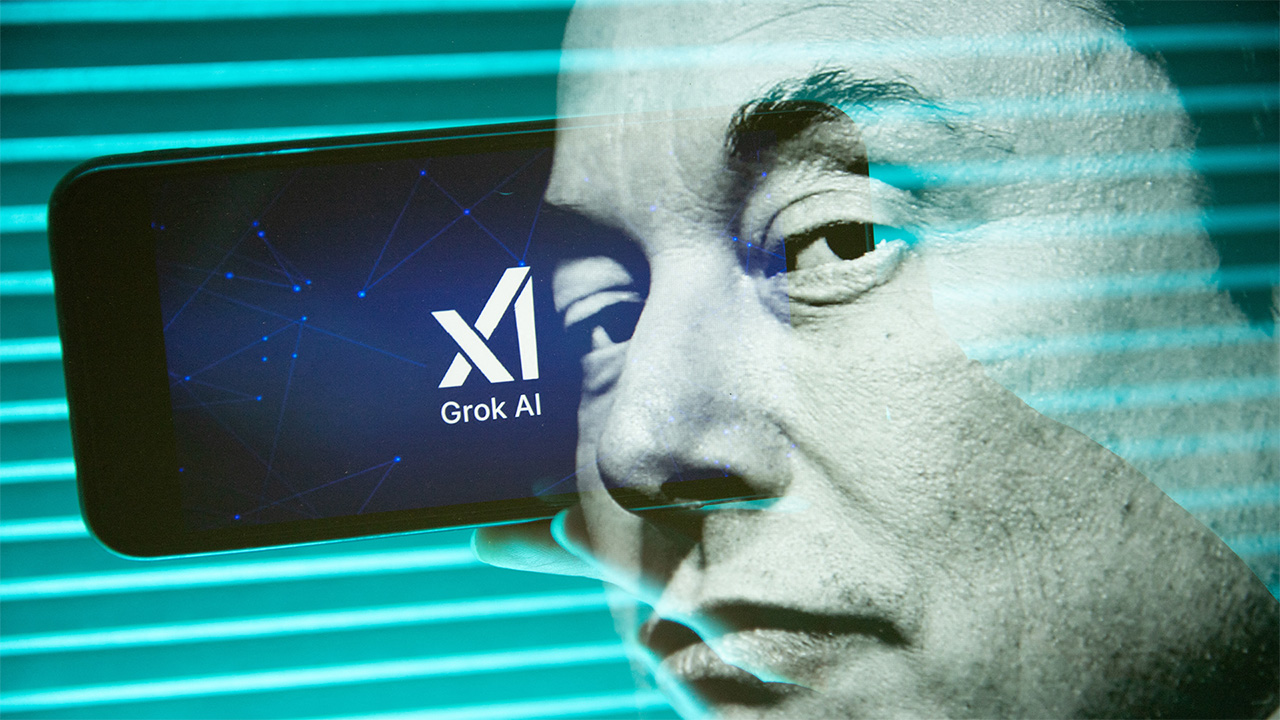The DJI Mini 5 Pro is here (and it’s amazing) but it isn’t available in the U.S. so what are your alternatives?

Three things in life are certain: death, taxes, and DJI setting a new gold standard every time it announces a new drone. That seems to be the case with the brand new DJI Mini 5 Pro, too. The Mini 4 Pro’s successor is well-endowed, featuring a large 1-inch sensor for improved low-light performance, forward-facing LiDAR for safer night-time flying, and more. I have been flying the drone for a few days now, and boy, I am thoroughly impressed!
But as was the case with the DJI Mavic 4 Pro, the Mini 5 Pro, alas, isn’t available in the U.S. at launch. According to a spokesperson: “DJI remains dedicated to the U.S. market and is optimizing our strategy to best serve our customers amidst evolving local conditions.”
I don’t know when or if we’ll see the Mini 5 Pro land on American store shelves, but my American friends don’t need to fret. The good news is that there are plenty of alternatives available, and while they might not boast the latest and greatest tech, they are still great in their own right.
I test the best drones here at Tom’s Guide, so I’ve carefully and meticulously picked out the top Mini 5 Pro alternatives to tide you over until DJI’s latest mini drone makes it to the U.S.
DJI Mini 4 Pro
Your first alternative to the DJI Mini 5 Pro is, naturally, its predecessor: the DJI Mini 4 Pro. I get it, the Mini 5 Pro is better in a lot of ways, with its bigger sensor and whatnot, but the Mini 4 Pro is still a fantastic drone. I compared both drones’ headline specs in my DJI Mini 5 Pro vs DJI Mini 4 Pro comparison, so make sure to check it out.
The Mini 4 Pro is great for those taking their first steps into serious content creation. It weighs less than 250g / 8.81oz, which means you don’t necessarily need to register it with a national governing body, like the F.A.A. in the U.S., making it accessible to most pilots — especially beginners.
While the Mini 5 Pro takes 50MP photos, the Mini 4 Pro takes stunning 48MP photos, and it records beautiful 4K/60fps and slow-motion FHD/200fps footage, which is stable and smooth thanks to the three-axis mechanical gimbal. It also features omnidirectional obstacle avoidance so it can brake in front of or bypass objects in its way.
The Mini 4 Pro was one of the first drones I ever flew, as a friend owned it, and I remember having so much fun with it. As a then-beginner, I found it extremely easy to fly and control with the RC 2 controller. It’s an outstanding drone that both beginners and content creators will be satisfied with.
Further reading: 5 things I like about the DJI Mini 4 Pro — and 2 things I hate, and DJI Mini 5 Pro vs DJI Mini 4 Pro — I’ve flown both and there’s a clear winner
DJI Air 3S
The DJI Air 3S belongs in the “prosumer” category so it’s slightly detached from the DJI Mini 5 Pro’s place in the market, but it’s an amazing alternative, costing just slightly more than the Mini 5 Pro. The Air 3S, to this day, remains my favorite drone, and I rarely leave the house without it.
This one’s for serious content creators as it boasts 4K/60fps. It shares a few features with the Mini 5 Pro, such as phenomenal obstacle avoidance with forward-facing LiDAR, a 1-inch sensor, 42GB internal storage, great low-light video with noise reduction technology, and a three-axis mechanical gimbal for stabilization.
You can also shoot in 10-bit D-Log M or HLG profiles to preserve a wide dynamic range, as the Air 3S is capable of capturing up to 14 stops of dynamic range. 10-bit video means it’s capable of capturing 1.07 billion individual hues, giving you a lot of flexibility and freedom in post-production and while color grading.
Further reading: The DJI Air 3S is the one drone I’d buy with my own money — here’s why it brings me unbridled joy
Potensic Atom 2
Of course, DJI isn’t the only brand making some of the best drones out there, and the Potensic Atom 2 gives DJI’s lineup of mini drones a run for its money. This sub-250g is a great option if you want a budget-friendly quadcopter while you wait for the Mini 5 Pro. Video quality takes a slight hit at the Atom 2’s is limited to 4K/30fps, but it’s still smooth and stable, and colors appear true to life.
The Atom 2 also captures 48MP stills, and you get a 3x digital zoom to get stuck in the detail. For shooting at night, the Atom 2 has a dedicated AI Night Video mode which drastically reduces noise and makes, say, buildings appear sharper. As the drone doesn’t feature obstacle avoidance, you’ll at least be able to see your surroundings clearly on screen, giving you some reassurance when flying at night.
The Atom 2 succeeds the Atom, and it introduces some handy upgrades, including an improved controller with a mobile mount. The controller, with its chunky grips, is comfortable to use as it resembles a mobile gaming controller. If, for some reason, you can’t get a DJI drone or aren’t too fussed about grabbing a non-DJI alternative, I can’t recommend the Atom 2 enough.
Further reading: I’ve been testing this mini drone for a month — and it’s the ultimate DJI alternative
What do you think? Will you be getting any of these drones, as the DJI Mini 5 Pro isn’t available in the U.S. right now? Let me know in the comments below! And make sure to check out my first impressions of the DJI Mini 5 Pro.
Follow Tom’s Guide on Google News and add us as a preferred source to get our up-to-date news, analysis, and reviews in your feeds. Make sure to click the Follow button!
More from Tom’s Guide



